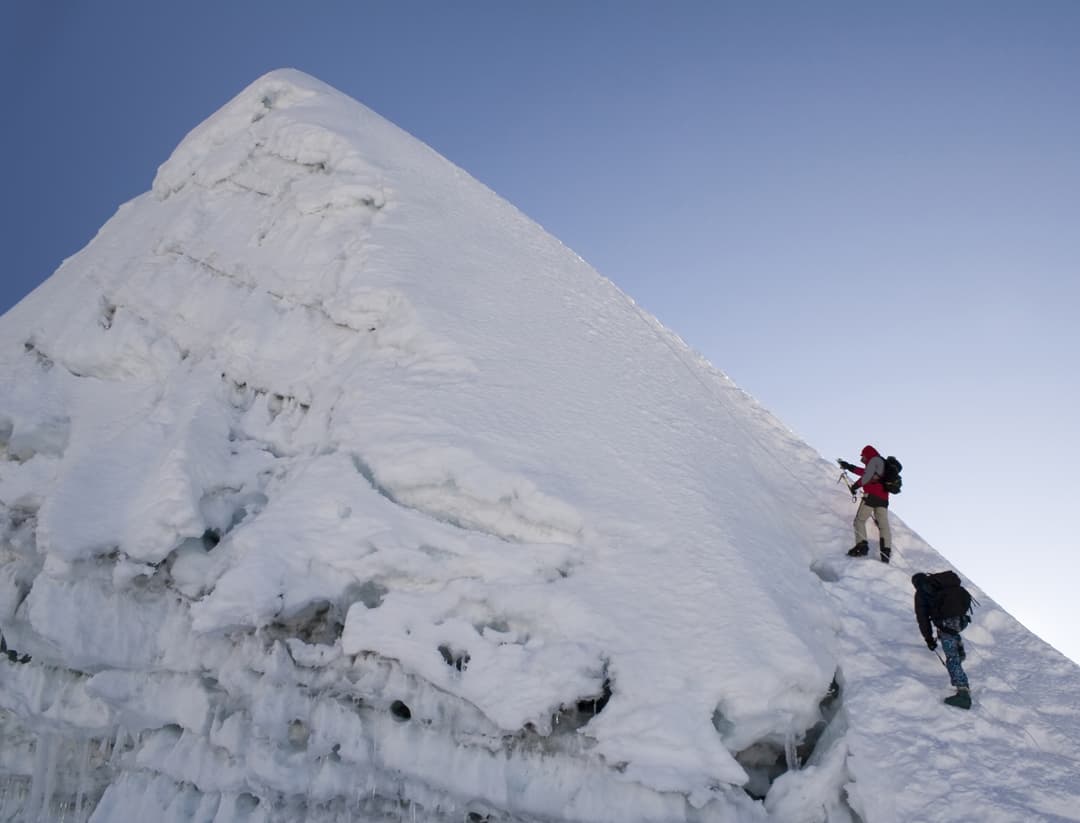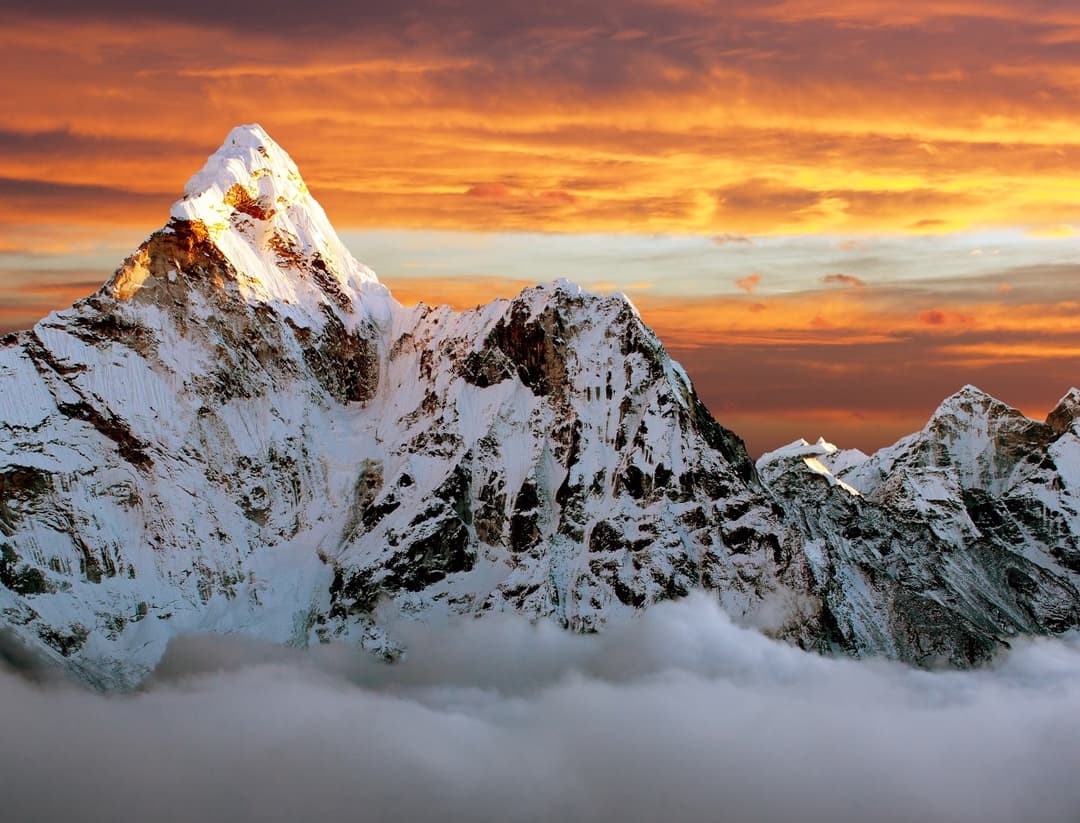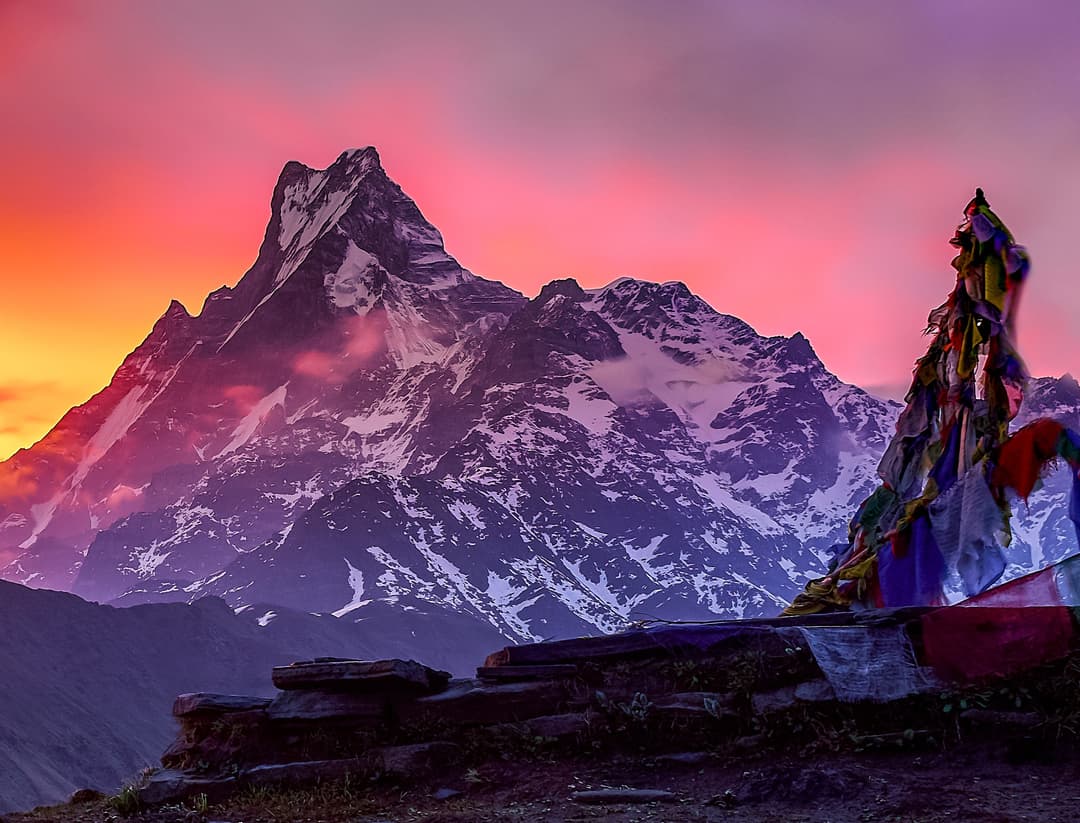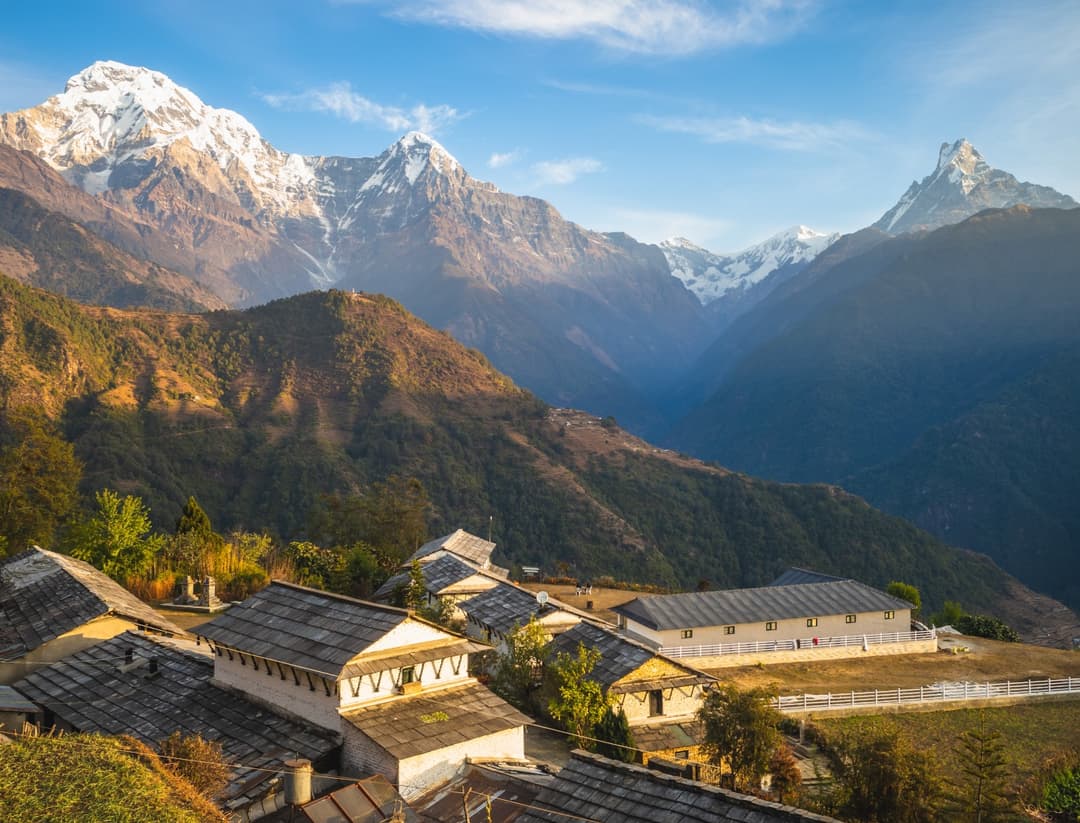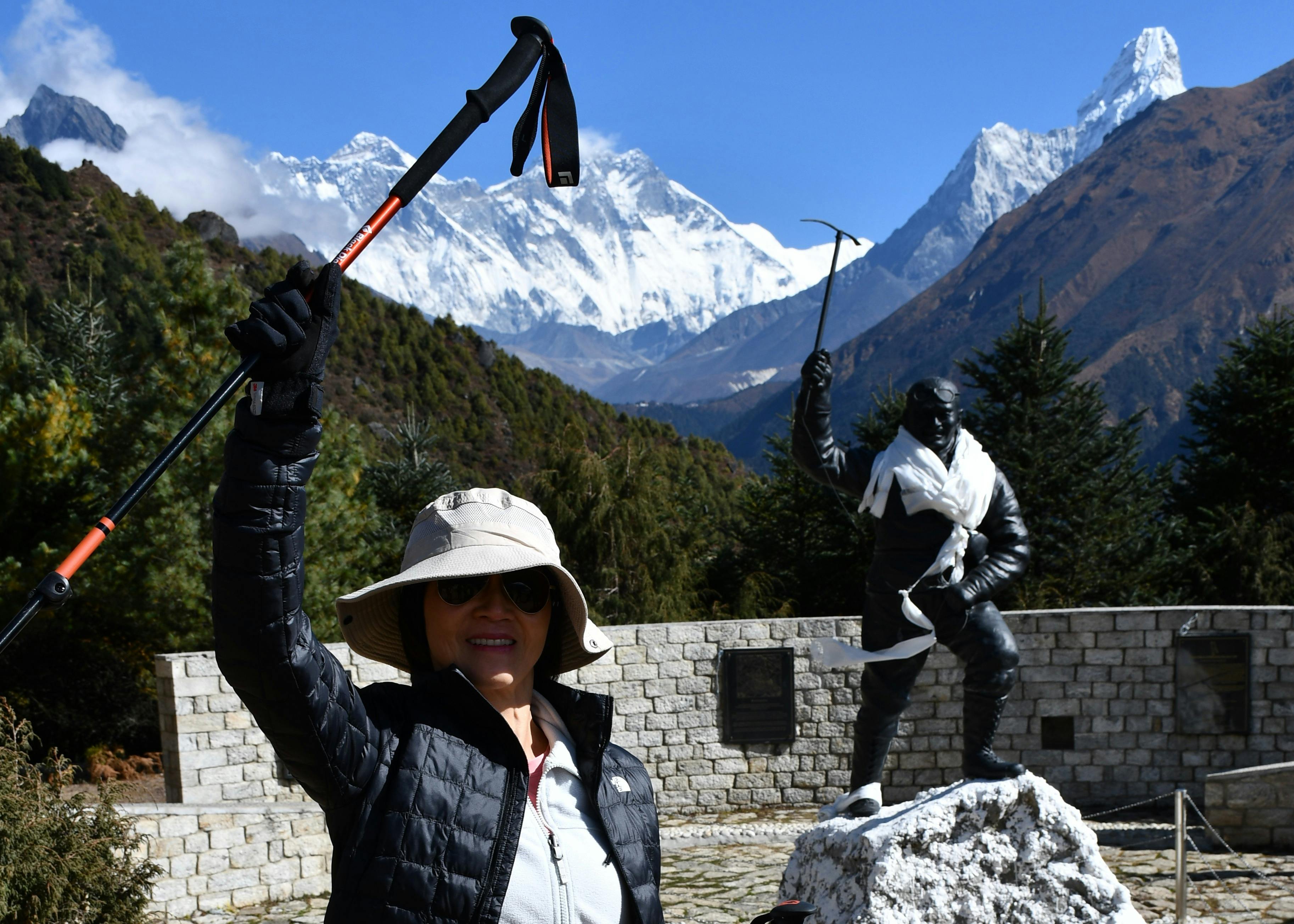Are you looking for a grand celebration of festivals and cultural heritage? Look no further than the amazing festival of Dashain. Dashain is the most important festival celebrated by Nepalese people all over the world. It is a vibrant and colorful festival that celebrates the triumph of good over evil. Dashain is the time of year when families and friends come together to celebrate, feast, and enjoy the festive season.
Bijaya Dashami, Celebrated by Nepalese of kirati and Hindu is that the most auspicious festival of Nepal. Though celebrated by Nepalese throughout the world this ceremonial day is also observed in parts of India, Bhutan, and Myanmar. The victory of good over evil is the significance of this festival. This symbolic and peculiar pageant holds a unique place within the hearts of Nepalese. The mark of this pageant is delineated by a tune named 'Malashree dhun' that floats round the atmosphere of the state filling the hearts of Nepalese with nice joy and cheer.
Why and How Dashain is Celebrated?
Dashain is celebrated in honor of the victory of goddess Durga over the demon Mahisasur. According to Hindu mythology, the demon had terrorized the gods and humans, and only Durga had the power to defeat him. She fought for nine days and nights, and on the tenth day, she finally defeated the demon. This day is known as Vijaya Dashami, and it is considered the most auspicious day of the festival.
The celebration of Dashain begins with the worship of the kalash, which symbolizes the goddess Durga. People also plant barley seeds in earthen pots, which are watered and kept in a dark room until they germinate. This is called Jamara, and it is believed that the growth of the Jamara is a sign of good luck and prosperity for the family. The Jamara is then offered to the gods during the Dashain puja.
The first nine days of Dashain are known as Navaratri, which means nine nights. During this time, people worship the nine different forms of the goddess Durga, known as Navadurga. Each day is dedicated to a different form of the goddess, and people offer prayers, flowers, and sweets to the goddess.
The first day of Dashain is dedicated to the worship of Shailputri, also known as Bhavani or Parvati. She is the daughter of the Himalayas and the consort of Lord Shiva. She is worshipped as the embodiment of the power of nature, and it is believed that she brings good luck and prosperity to her devotees.
The second day is dedicated to the worship of Brahmacharini, who is the form of Parvati that symbolizes purity and devotion. She is depicted as holding a japa mala (rosary) in one hand and a kamandalu (water pot) in the other. She is worshipped for her wisdom, knowledge, and spiritual strength.
The third day of Dashain is dedicated to the worship of Chandraghanta, who is the form of Parvati that represents bravery and courage. She is depicted with a half-moon on her forehead and ten hands holding various weapons. She is worshipped to gain strength and to overcome obstacles in life.
The fourth day is dedicated to the worship of Kushmanda, who is the form of Parvati that represents the power of creation. She is believed to have created the universe with her divine smile, and she is worshipped to gain spiritual enlightenment.
The fifth day of Dashain is dedicated to the worship of Skandamata, who is the form of Parvati that is the mother of Lord Skanda. She is depicted holding her son in her lap and is worshipped for the well-being of children and family.
The sixth day is dedicated to the worship of Katyayani, who is the form of Parvati that represents courage and valor. She is depicted with four hands holding a sword and lotus, and she is worshipped for success in life and to overcome fear.
The seventh day is dedicated to the worship of Kalaratri, who is the form of Parvati that represents destruction and darkness. She is depicted with wild hair, a necklace of skulls, and four hands holding a sword, trident, and noose. She is worshipped to overcome evil and negative energy.
The eighth day of Dashain is dedicated to the worship of Mahagauri, who is the form of Parvati that represents purity and serenity. She is depicted with a white complexion and four arms holding a trident and tambourine. She is worshipped to gain peace and to overcome negative emotions. On the eighth day of Dashain, which is also known as Maha Ashtami, people perform the Kala Bhairav puja. Kala Bhairav is believed to be a protector of the city, and people offer prayers to him for their safety and security.
The ninth day of Dashain is known as Maha Navami, and it is considered the most important day of the festival. On this day, people sacrifice animals, usually goats, to the goddess Durga. The sacrifice is done in a humane and respectful manner, and the meat is distributed among family members and friends as a symbol of unity and harmony. The ninth day is dedicated to the worship of Siddhidatri, who is the form of Parvati that represents supernatural powers and abilities. She is depicted with four arms holding a lotus, mace, conch, and discus. She is worshipped for success in all endeavors.
On the tenth day of Dashain, which is Vijaya Dashami, people put tika and jamara on their foreheads as a symbol of blessings from their elders. The tika is made of red vermillion powder, mixed with yogurt and rice grains. The elders also give money, sweets, and blessings to the younger members of the family. People also visit their relatives and friends during this time, and exchange greetings and gifts.
Dashain is not just a festival of rituals and traditions, but it is also a time when people come together to celebrate their culture, their values, and their heritage. It is a time when families reunite, when old wounds are healed, and when new relationships are formed. Dashain is a time of hope, of joy, and of new beginnings.
Dashain is an essential festival in Nepal, and people celebrate it with great joy and enthusiasm. The festival symbolizes the victory of good over evil and the triumph of righteousness over wickedness. During these 15 days, people worship different avatars of the goddess Durga, and each day has a special significance. The festival brings people together, and they enjoy it by sharing love, happiness, and food.



